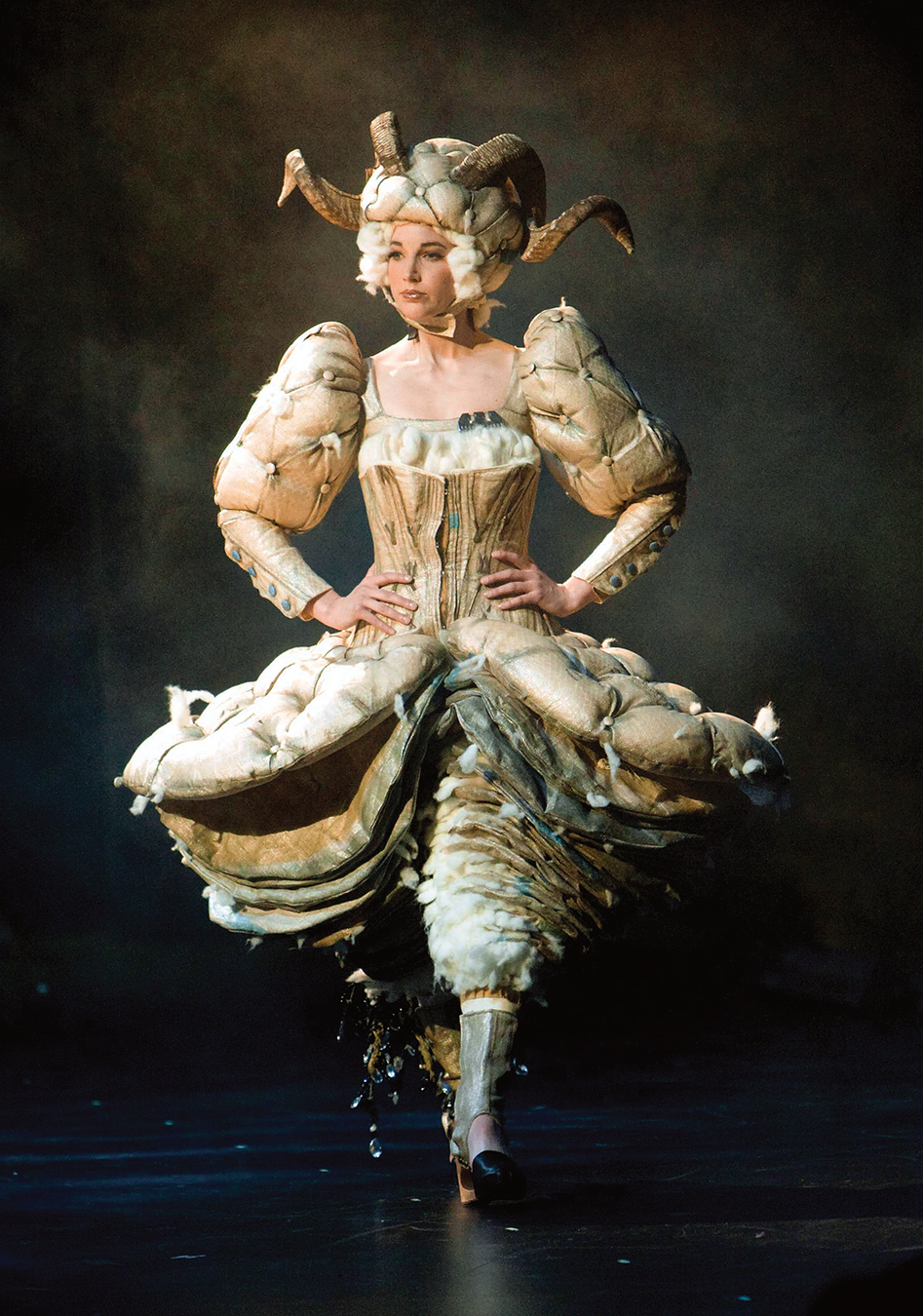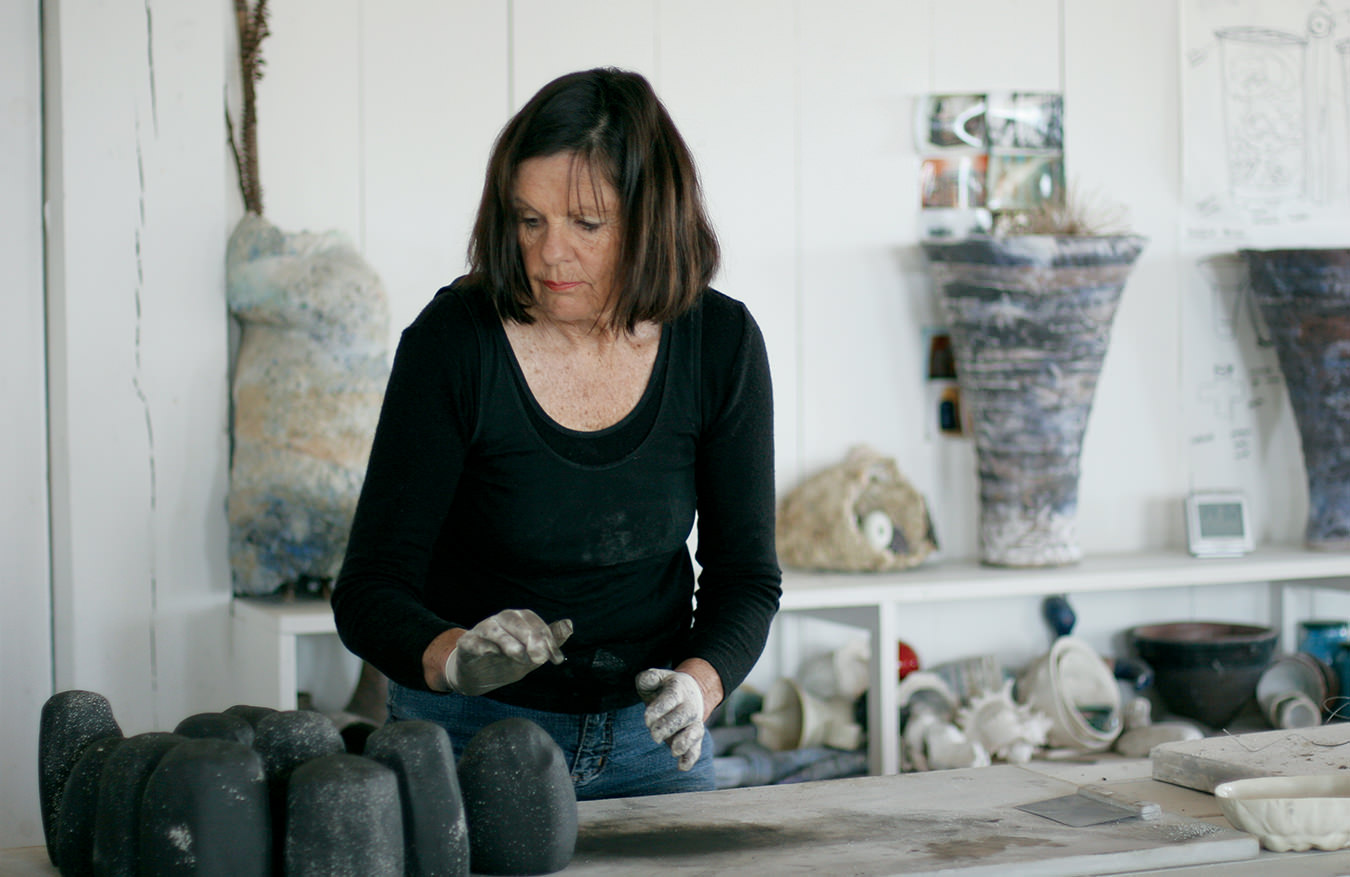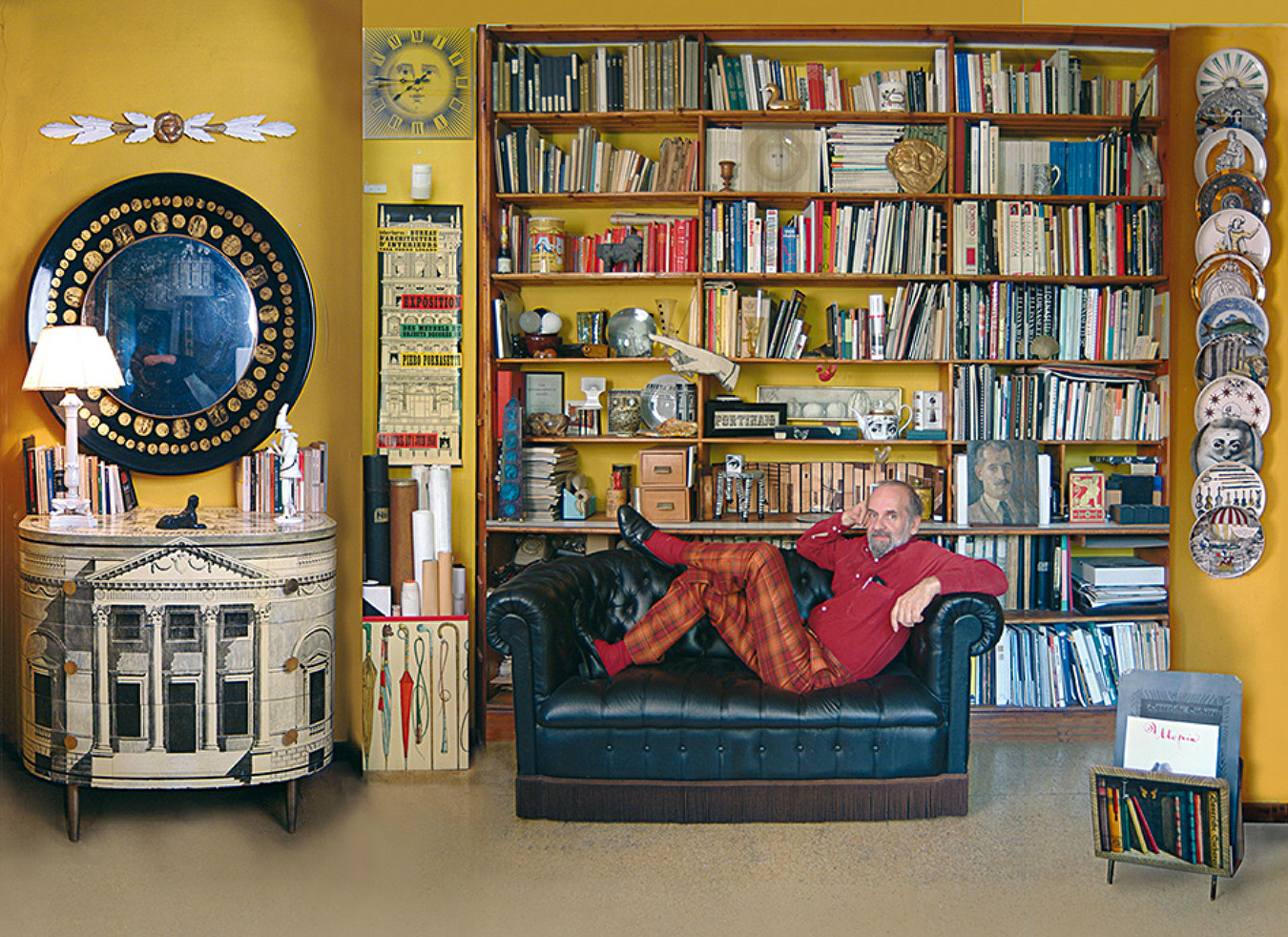At the McMichael, Artists Spin Ecological Anxiety into Fairy Tales in The Uses of Enchantment
Art’s role in the climate crisis.

Once upon a time, the ancient forest was a site of foreboding. In fairy tales, old-growth trees knitted together their lush canopies and tangled roots to create labyrinthine chambers of bewilderment where children were led astray. In every shadow, there lurked a snarling wolf or wart-faced witch bearing poisoned fruit. Nowadays, however, the forest has been razed to make way for shiny new housing developments. Some wolves have been reduced to endangered species, and genetically modified fruit is sold on most grocery-store shelves. We are no longer scared of getting lost in the wilderness. We are afraid of losing the wilderness itself.
The Uses of Enchantment: Art & Environmentalism, a group exhibition on view to October 29, 2023, at the McMichael Canadian Art Collection in Kleinburg, Ontario, holds up a magic mirror to the most threatening monster currently in our midst: the climate crisis. In drawings, paintings, sculpture, performance, and audio, artists Shary Boyle, Carrie Allison, Shuvinai Ashoona, Qavavau Manumie, Bill Burns, Sara Angelucci, and Winnie Truong use folk-tale strategies to grapple with anxieties on a planetary scale. Fairy tales encourage children to use their imaginations to resolve fears and inner conflicts, according to Austrian American psychologist Bruno Bettelheim, whose 1977 book on the subject lends this exhibition its name.

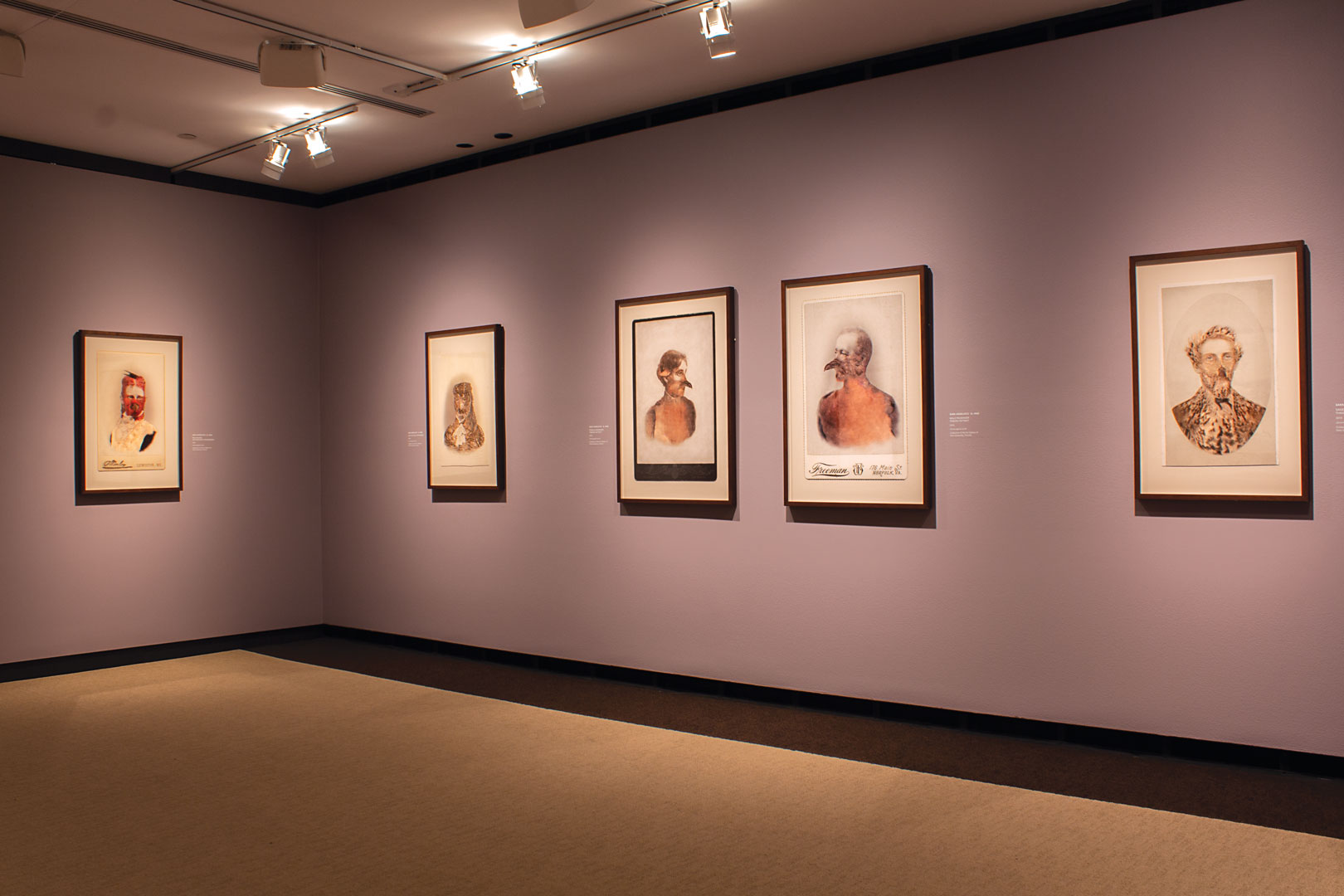
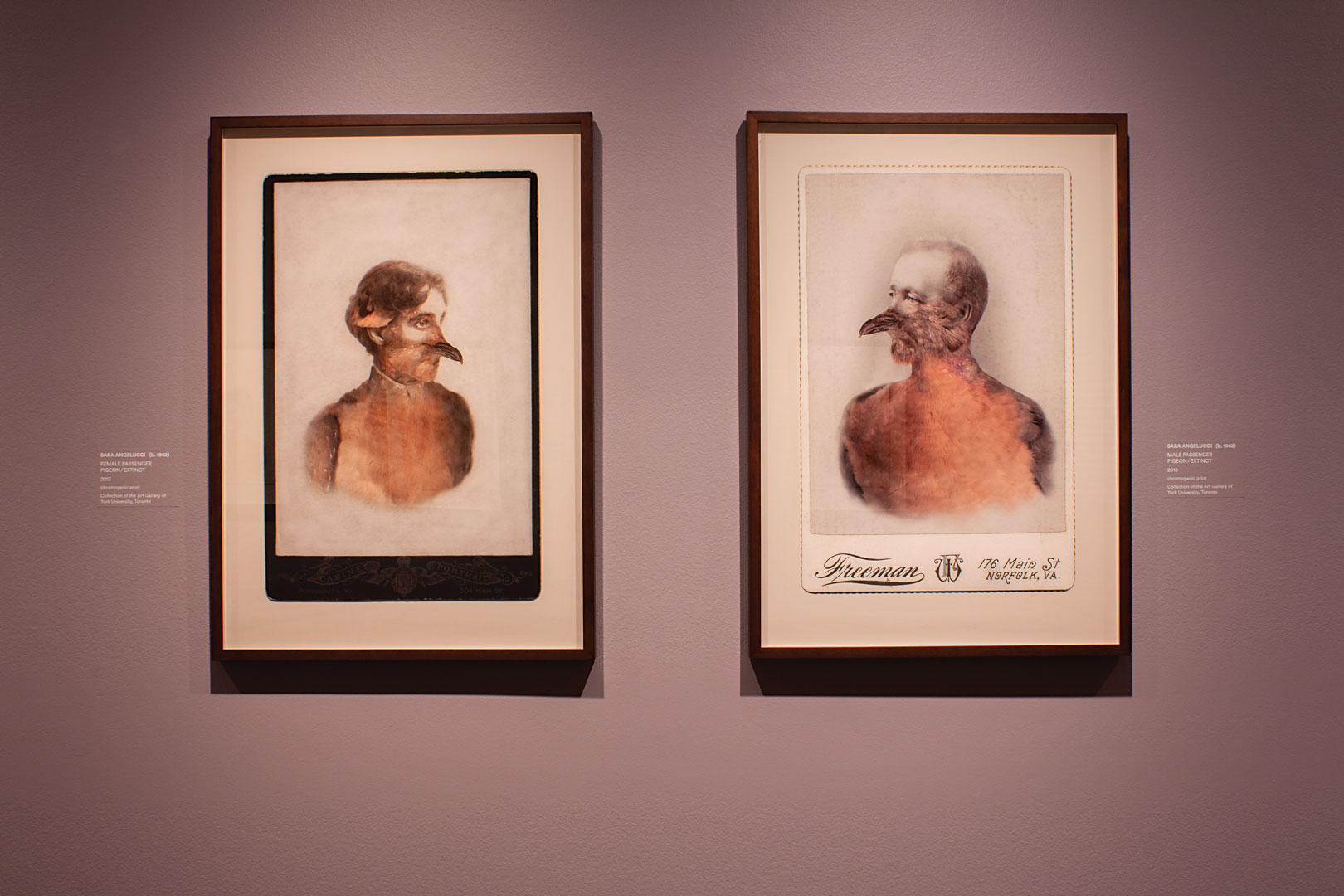
As the United Nations succinctly summarizes, “Sea levels are rising, the Arctic is melting, coral reefs are dying, oceans are acidifying, and forests are burning.” Yet many of the world’s politicians still aren’t able to grasp the extent of the threat. Like Hansel and Gretel, they fatten themselves on gingerbread while ignoring the piles of bones stacked in the corner.
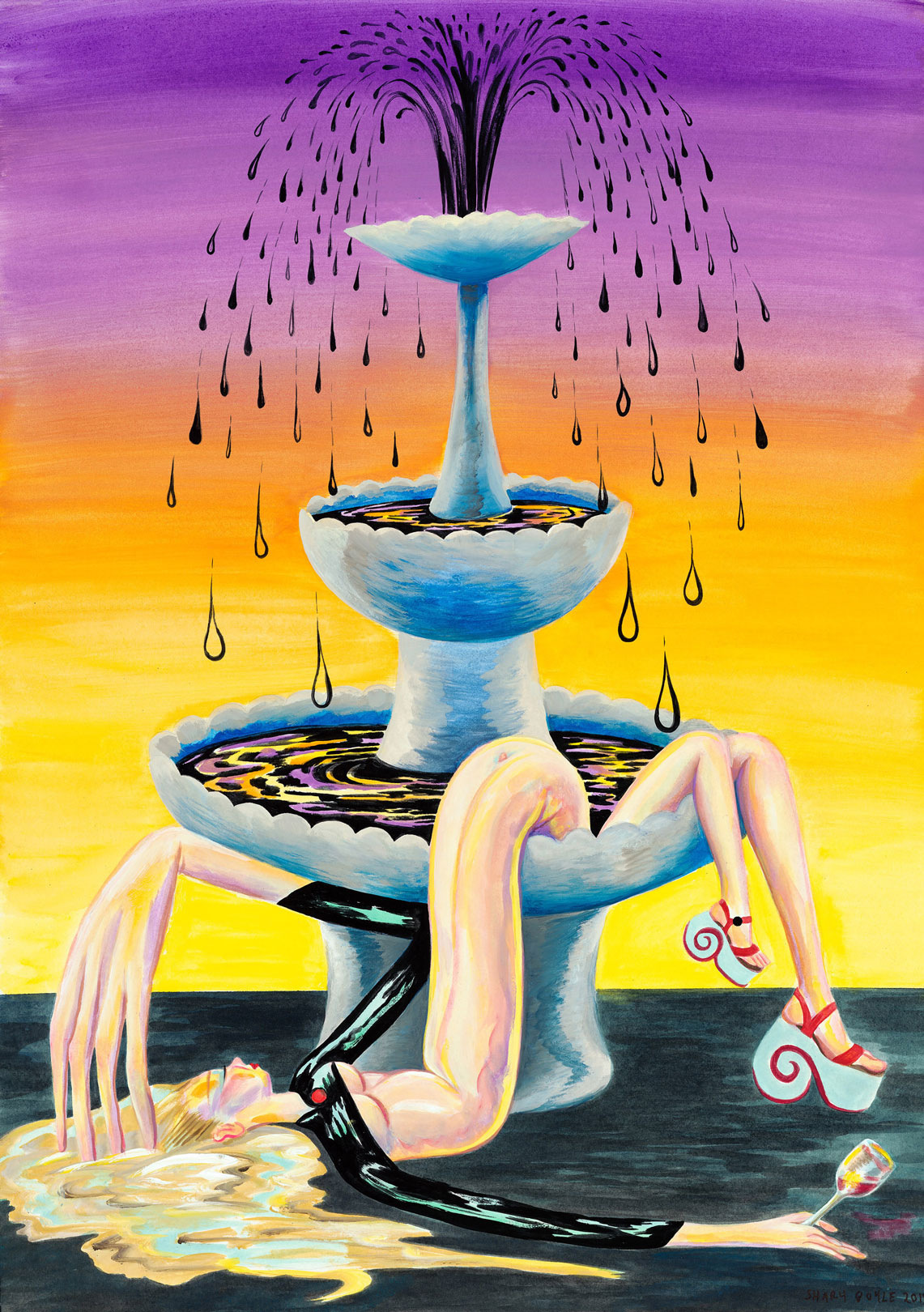
Shary Boyle (b. 1972), Black Gold, 2019, gouache and acrylic on paper, 36 x 51 cm, Private collection, Photo courtesy of the artist. © Shary Boyle
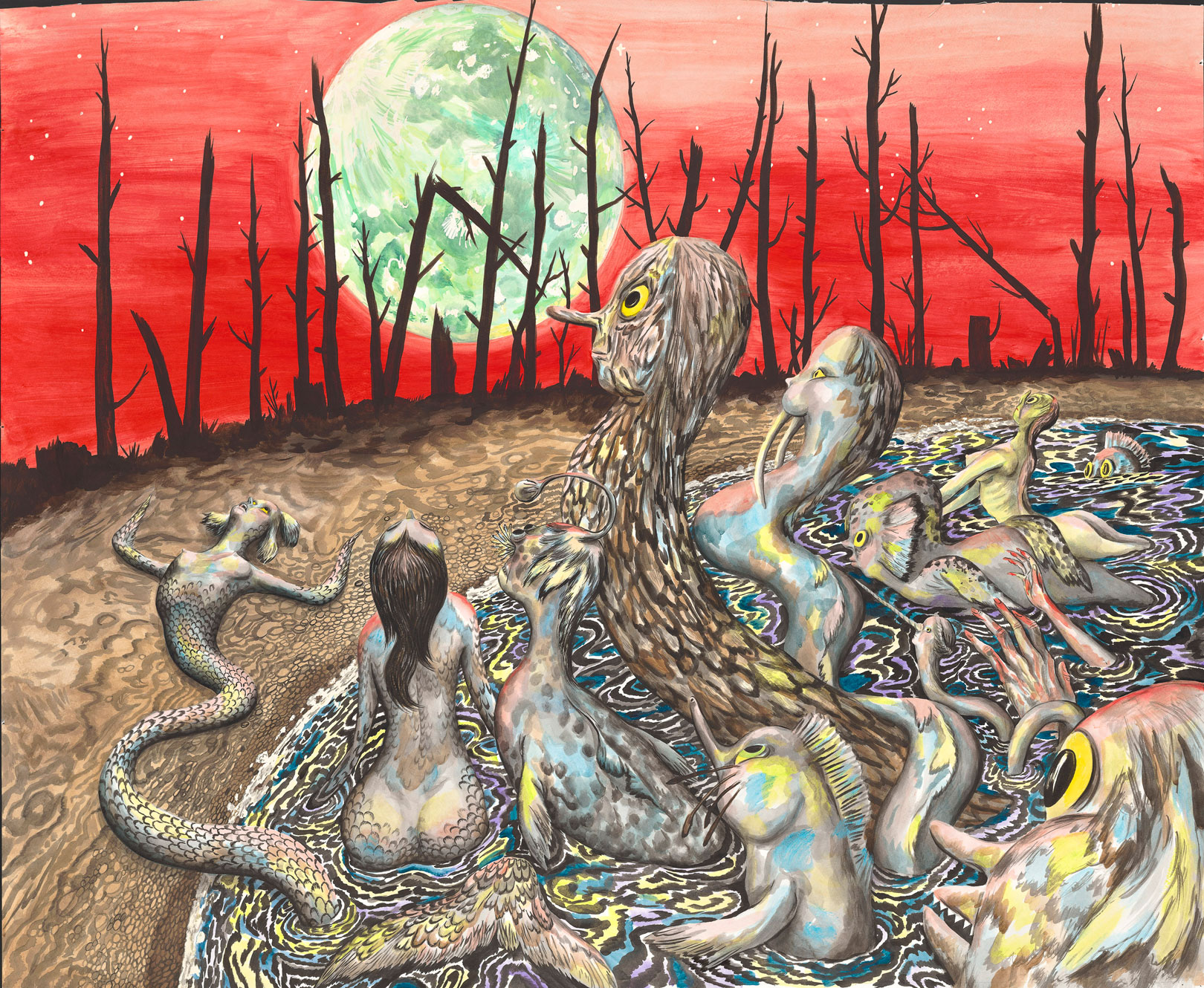
Shary Boyle (b. 1972), Revival Beach, 2011–15, ink and gouache on paper, 89 x 107 cm, Weisz family collection, Photo courtesy of the artist. © Shary Boyle
In artist Shary Boyle’s 2011–15 painting Revival Beach, amphibious beasts are recast as the innocents, and humans—or “planet Earth’s rogue species,” as curator Sarah Milroy refers to us—the villains. Our presence is indicated by our conspicuous absence in the plundered landscape.

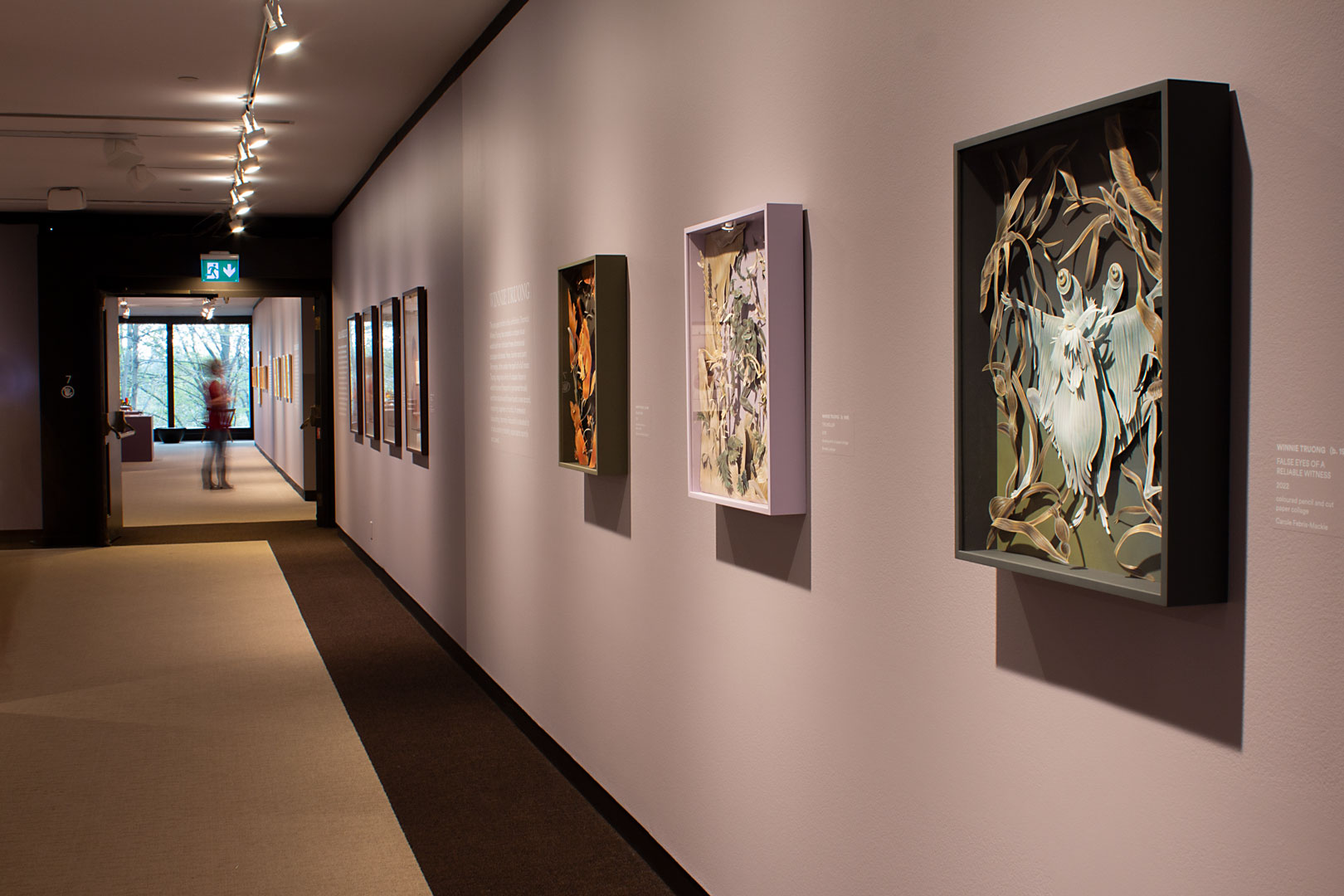
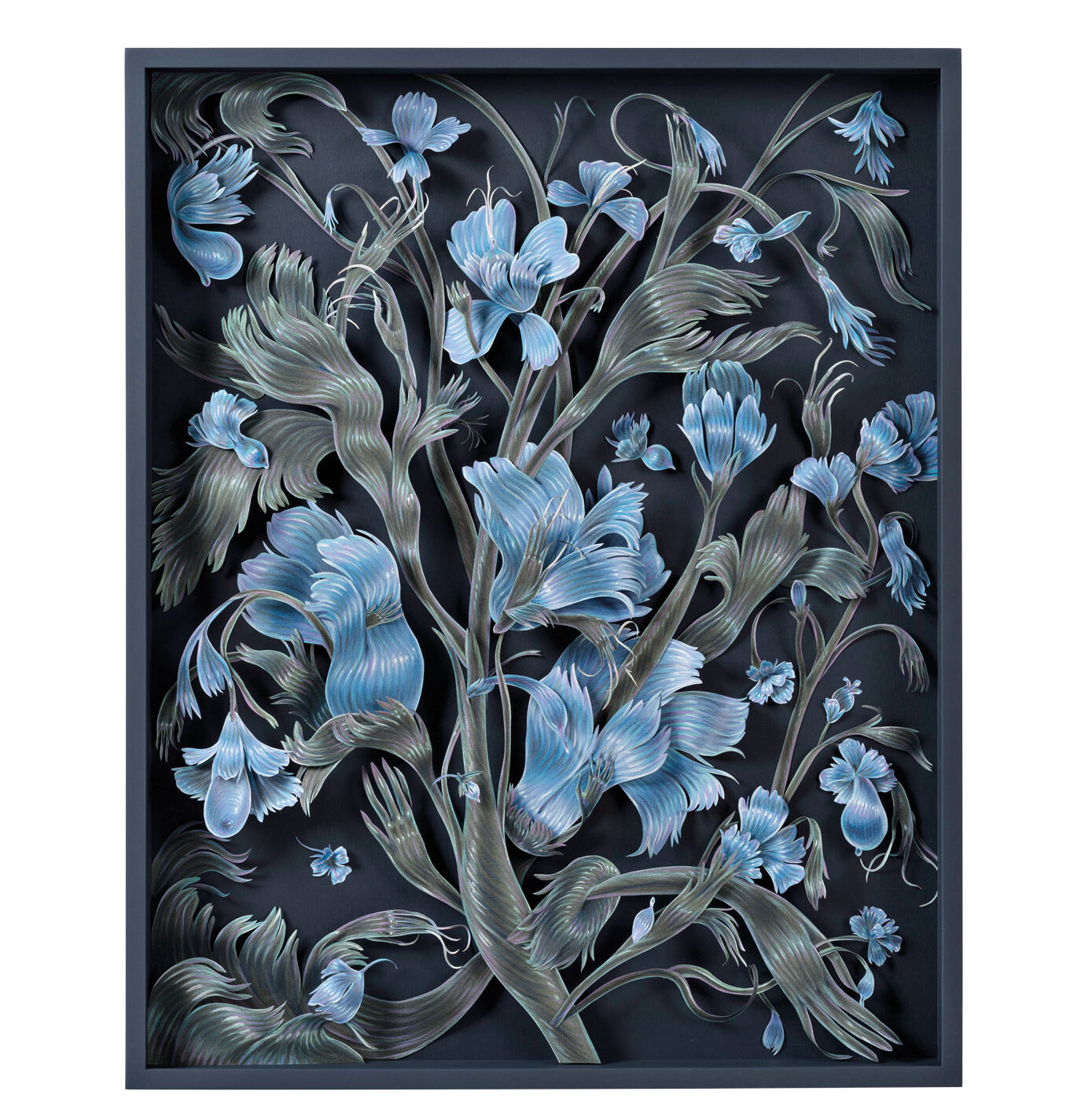
Winnie Truong (b. 1988), Midnight Feelers, 2022, coloured pencil and cut paper collage, 76.2 × 61 cm, Scotiabank Fine Art Collection, Photo courtesy of the artist. © Winnie Truong
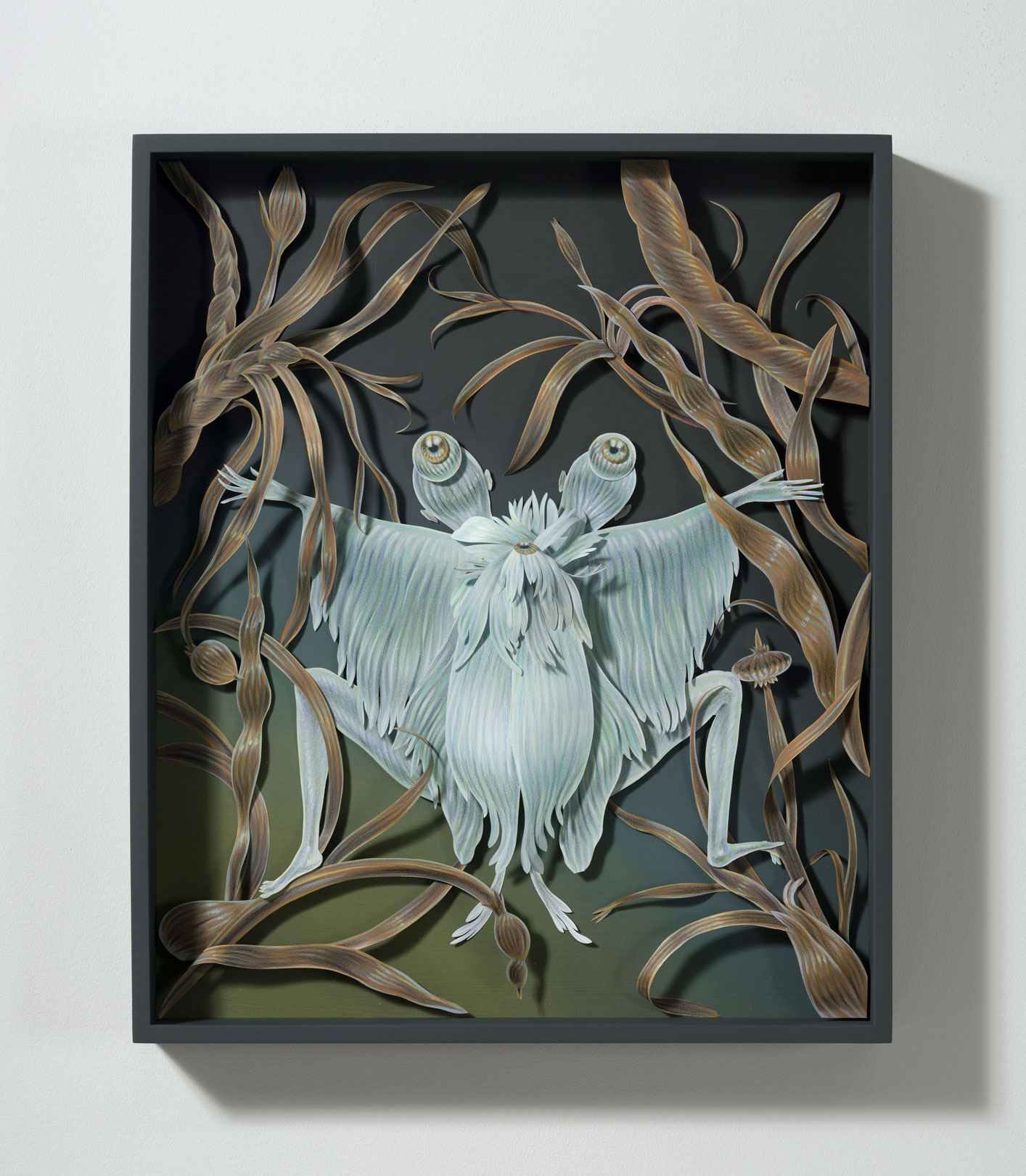
Winnie Truong (b. 1988), False Eyes of a Reliable Witness, 2022, coloured pencil and cut paper collage, 61 x 50.8 cm, Private collection, Photo courtesy of the artist. © Winnie Truong
False Eyes of a Reliable Witness, one of Winnie Truong’s paper-cut collages from the 2022 series Herbaria, depicts a spread-eagled moth-like figure with bulging eyeballs staring out from the backs of its two heads. The creature balances delicately on browning grasses woven into Rapunzel-esque braids. Most of the bodies in this exhibition are feminized, correlating with the gender commonly assigned to planet Earth.
“If one takes these stories as descriptions of reality, then the tales are indeed outrageous in all respects—cruel, sadistic, and whatnot,” Bettelheim wrote of classic children’s literature. “But as symbols of psychological happenings or problems, these stories are quite true.” It’s clear that scientists aren’t scaring people enough by parroting data and statistics, so we find ourselves turning to storytellers, visual or otherwise, to create parables that get the point across.

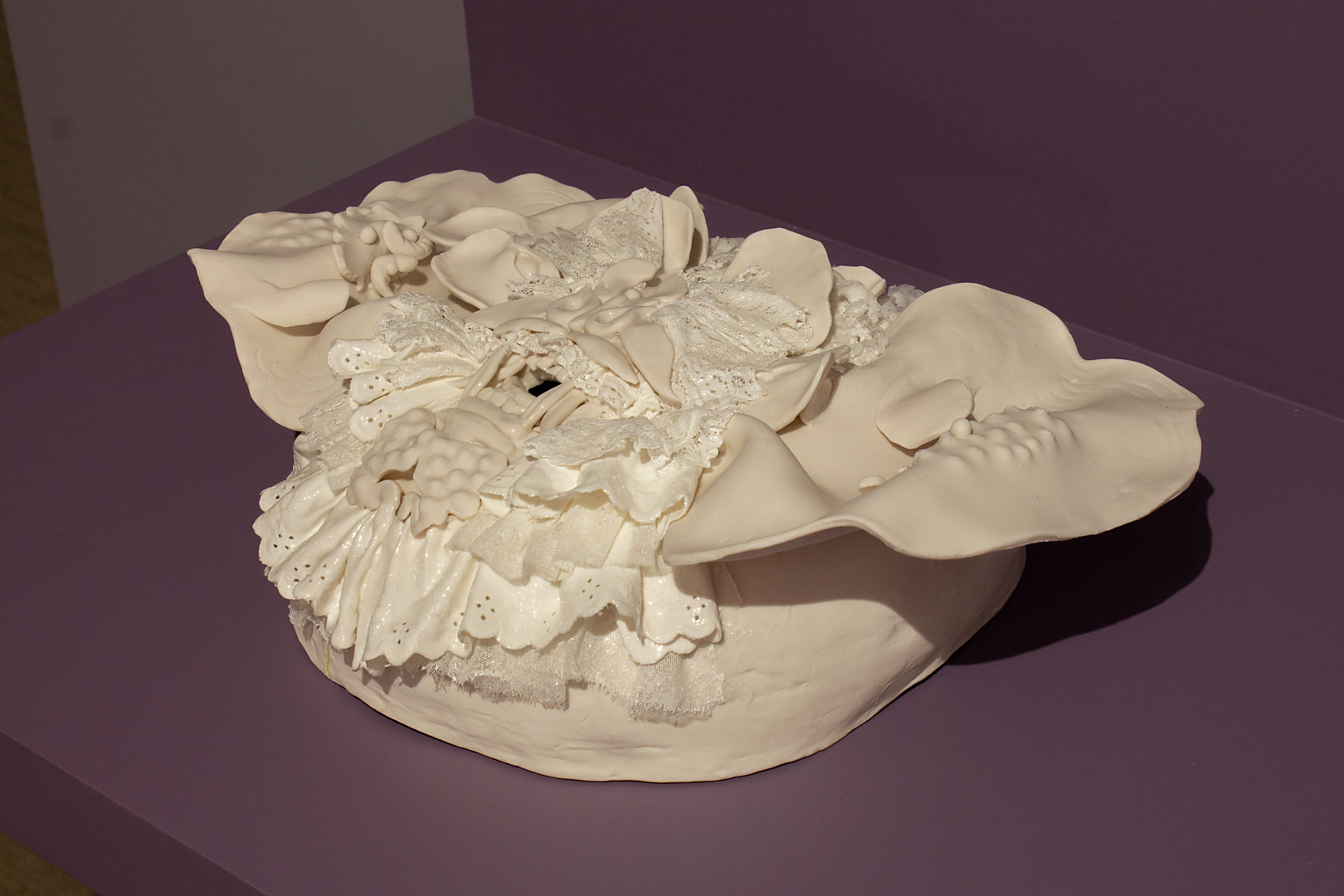
Like the imp Rumpelstiltskin who turned straw into gold, the artists in The Uses of Enchantment spin alarming reality into something palatable and appealing to the eyes. The only way to gain real power over the menace of climate catastrophe, however, is to call it by its true name. Wandering into murky, unknown territory is frightening, but a future without forests is far grimmer. By commanding us to confront what we fear with their use of bewitching visuals, it might indeed be artists that guide us out of the metaphorical woods.

